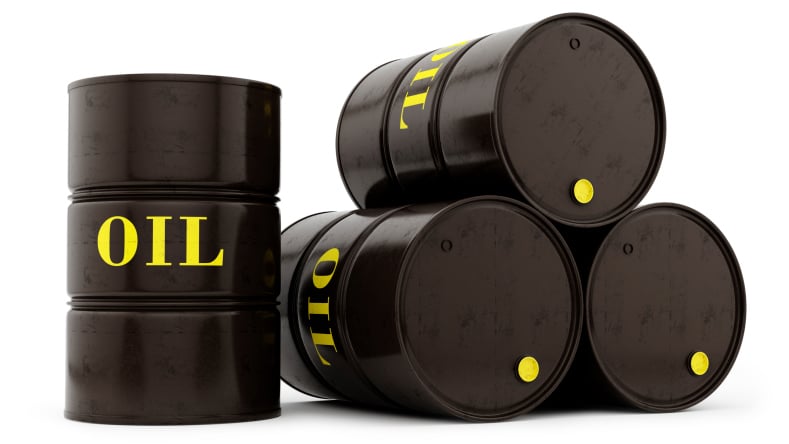As global oil supply continues to swell, and may do so even more if sanctions against Iran are lifted, it is worth recalling that the United States has over 690 million barrels underground in the Strategic Petroleum Reserve. It is one more huge pool that sets a challenge to rising oil prices, even if it is never used. Source: Thinkstock
Source: Thinkstock
The Energy Department gives only a short description of the facilities and the fact that they are rarely used:
The Strategic Petroleum Reserve (SPR) is the world’s largest supply of emergency crude oil. The federally-owned oil stocks are stored in huge underground salt caverns along the coastline of the Gulf of Mexico.
Decisions to withdraw crude oil from the SPR are made by the President under the authorities of the Energy Policy and Conservation Act. In the event of an energy emergency, SPR oil would be distributed by competitive sale. The SPR has been used under these circumstances only three times, most recently in June 2011 when the President directed a sale of 30 million barrels of crude oil to offset disruptions in supply due to Middle East unrest. The United States acted in coordination with its partners in the International Energy Agency (IEA). IEA countries released all together a total of 60 million barrels of petroleum. The SPR’s formidable size (capacity of 727 million barrels) makes it a significant deterrent to oil import cutoffs and a key tool of foreign policy.
The media regularly report on huge supplies of oil sitting in supertankers. According to The Wall Street Journal, some of these ships have been sent around the world to fetch oil to top off the strategic reserves in India and China. The net effect is that the United States is not the only large nation with oil to spare as it is held in huge caverns in remote areas owned by the government.
ALSO READ: U.S. Summer Gasoline Prices Projected at 11-Year Low
National oil reserves have become belt and suspender facilities. In the current environment, crude cannot possibly be a source of leverage, one country against another, or one region against another, because the wildly high supply is too broadly distributed. However, the growth and total size of these strategic reserves does take a future threat, in a world when crude is to so plentiful, off the table. The leverage the reserves provide is even greater because oil deposited in them now can be bought so inexpensively.
In the past, even the discussion of use of the Strategic Petroleum Reserve has kept oil prices increases in check. That will not need to happen again for a very long time, if ever, should forecasts of the oil glut be correct.
Essential Tips for Investing: Sponsored
A financial advisor can help you understand the advantages and disadvantages of investment properties. Finding a qualified financial advisor doesn’t have to be hard. SmartAsset’s free tool matches you with up to three financial advisors who serve your area, and you can interview your advisor matches at no cost to decide which one is right for you. If you’re ready to find an advisor who can help you achieve your financial goals, get started now.
Investing in real estate can diversify your portfolio. But expanding your horizons may add additional costs. If you’re an investor looking to minimize expenses, consider checking out online brokerages. They often offer low investment fees, helping you maximize your profit.
Thank you for reading! Have some feedback for us?
Contact the 24/7 Wall St. editorial team.


